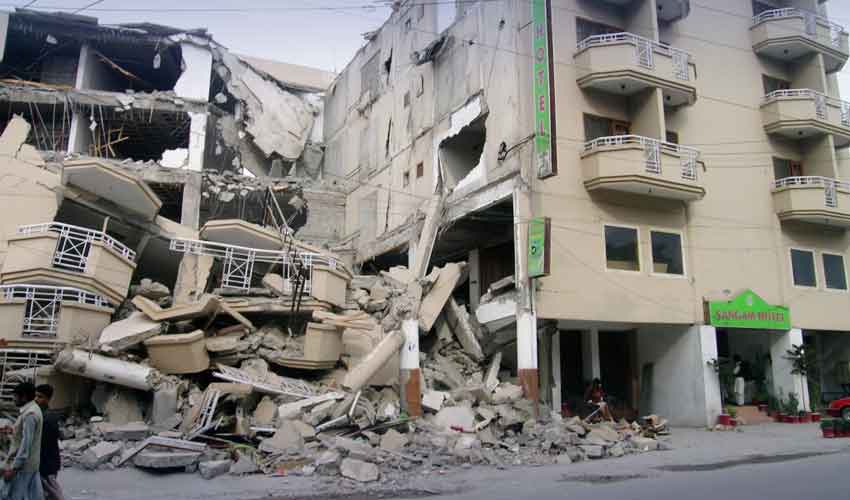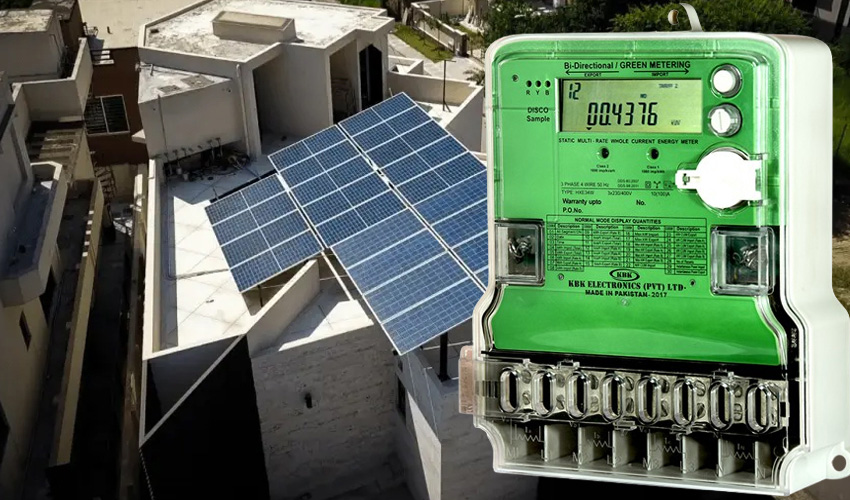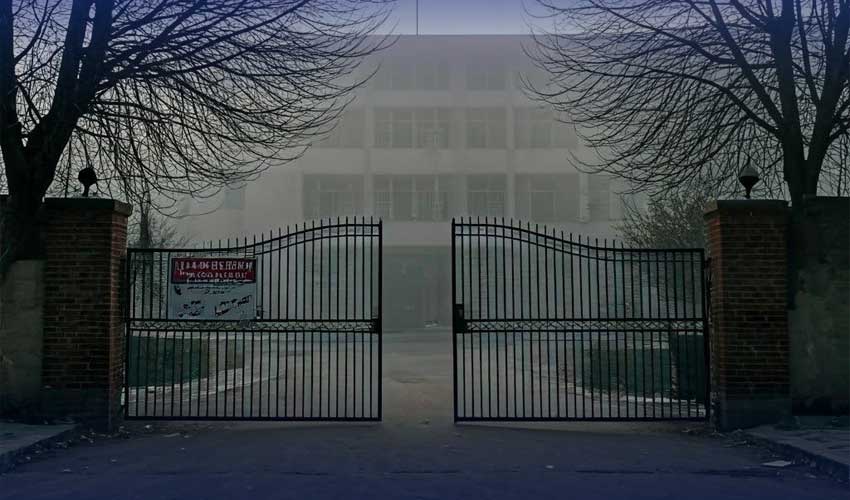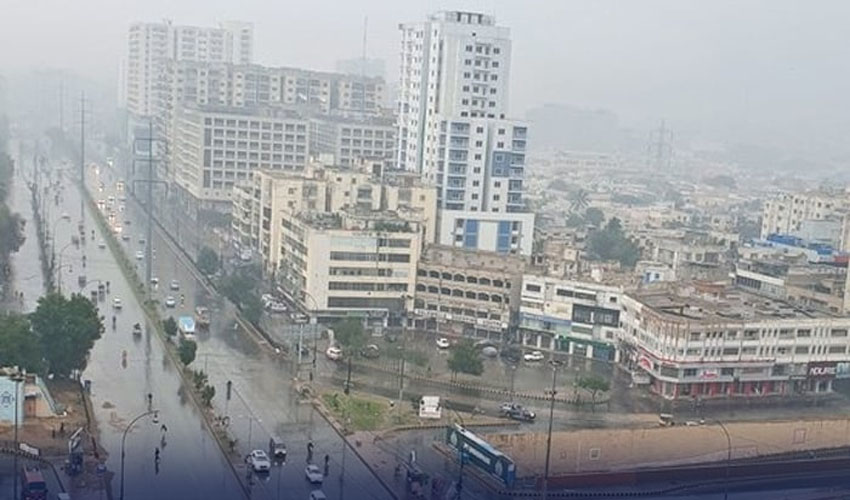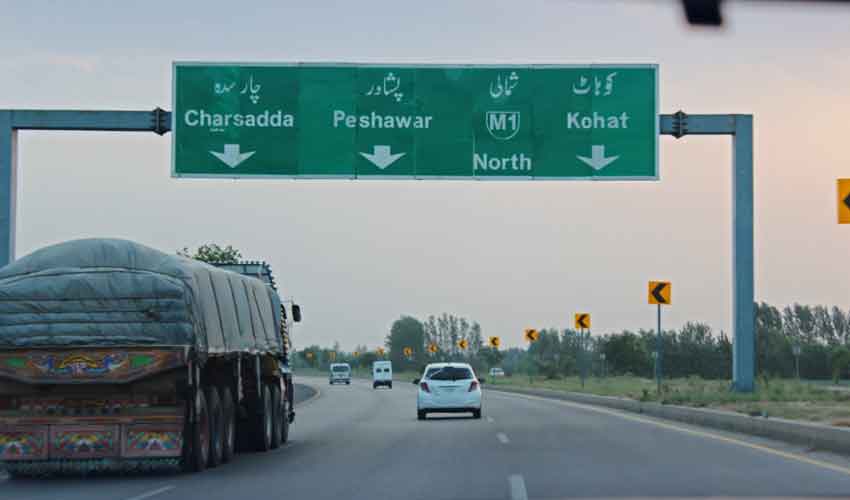Nineteen years have passed since the catastrophic earthquake of October 8, 2005, yet the painful memories remain vivid for the survivors.
The earthquake, with a magnitude of 7.6, claimed over 74,000 lives, left more than 125,000 disabled, and displaced 3.5 million people. The devastating event inflicted the most damage in Azad Kashmir and Khyber Pakhtunkhwa, where countless lives were shattered, and entire communities were reduced to rubble.
The tragedy that struck at 8:52am that day ravaged the districts of Muzaffarabad, Rawalakot, and Bagh in Azad Kashmir, and the cities of Balakot, Mansehra, Shangla, Kohistan, Battagram, and Abbottabad in Khyber Pakhtunkhwa. Buildings crumbled in an instant, including the Margalla Towers in Islamabad, where 72 people tragically lost their lives.
Over 5,808 educational institutions, 307 hospitals and health centres, 2,393 kilometres of highways, and 92 bridges were either damaged or destroyed, leaving a massive void in infrastructure. Alongside, 600,000 houses were reduced to rubble, uprooting entire families and displacing millions.
The earthquake was one of Pakistan’s deadliest disasters, and despite receiving $5.4 billion of the $6 billion pledged by the international community for relief efforts, the path to recovery remains far from complete.
While many rehabilitation projects were launched to rebuild the devastated regions, progress has been slow. Out of the 7,608 projects planned for reconstruction, only 5,878 have been completed -- around 77%, according to Javed Al Hasan, the secretary of SERRA (State Earthquake Reconstruction and Rehabilitation Agency) in Kashmir. The remaining 1,730 projects remain unfinished, while Rs1.8 billion needs to be paid to contractors for 700 projects. Around 65 schools are still awaiting completion, with an estimated need of Rs1 billion to finalize them.
Despite these challenges, the National Disaster Management Authority (NDMA) has taken steps to improve preparedness. Zara Hassan, technical assistant at NDMA, explained that an automatic earthquake warning system has been installed to monitor seismic activity in vulnerable regions like Muzaffarabad, located along the Main Boundary Thrust Line. NDMA has also created scenarios to assess potential damage from future earthquakes, she added.
Though financial recovery has been achieved to some extent, the emotional toll of the earthquake remains immeasurable. Nineteen years on, the physical wounds may have healed for many, but the memories of separation, loss, and devastation continue to haunt the survivors, serving as a reminder of the fragility of life and the unpredictable force of nature.





